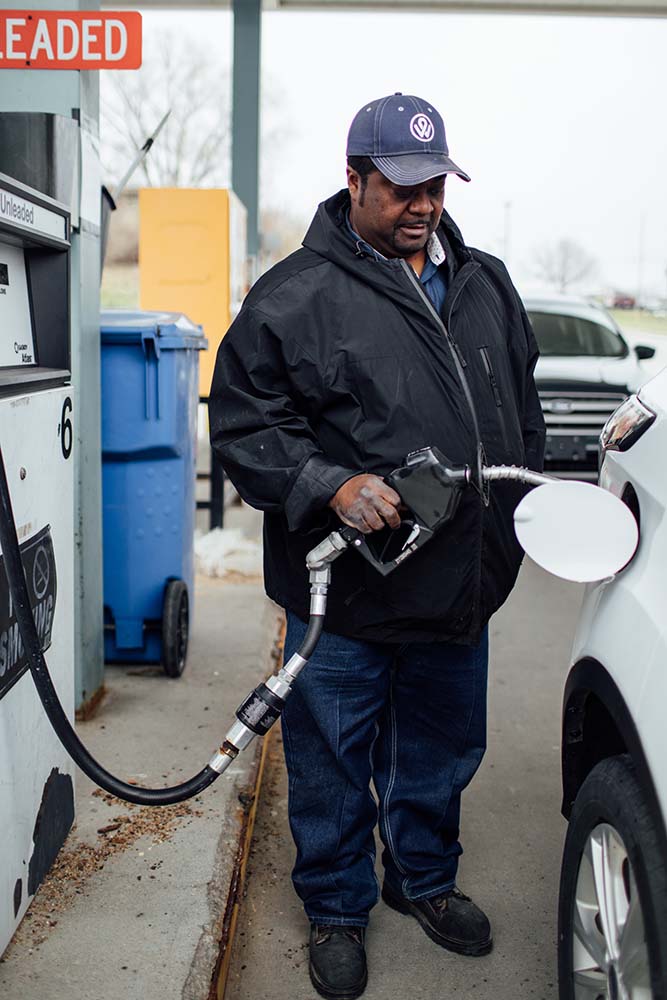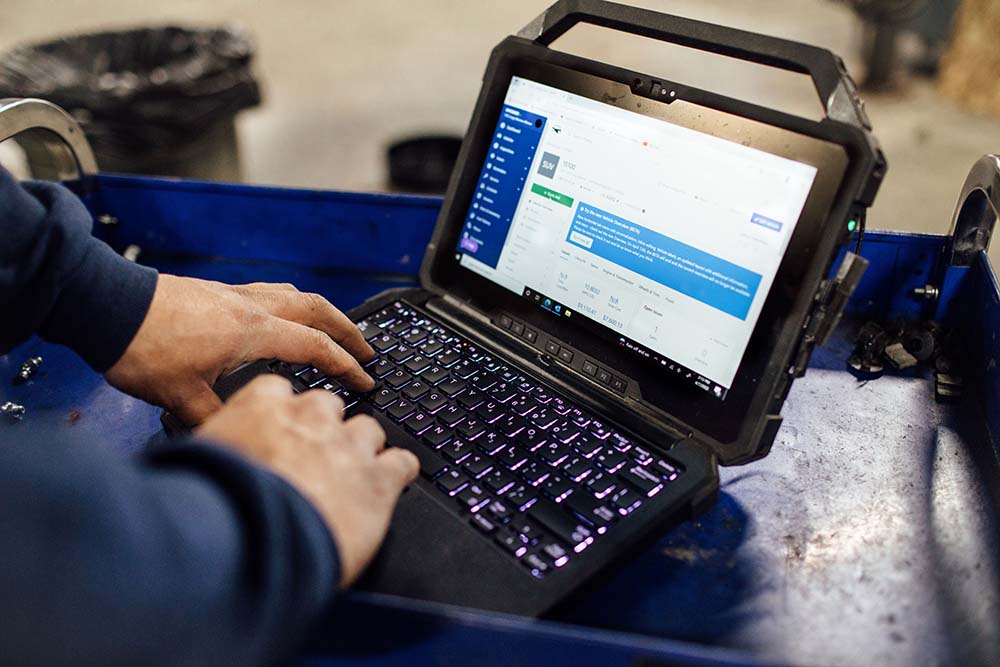Capturing data is essential in tracking and monitoring a fleet’s performance, including which operations and processes are successful and where communication and workflow issues may need improving. For those new to fleet management or those who may be stepping into the role with a different company, there are a few metrics you can start assessing right away to determine inefficiencies and measure the success of your attempts to correct those inefficiencies.
Maintenance and Repair Service
Maintenance and repair service is a great metric to start monitoring early. What is the percentage of repairs versus preventive maintenance (PM)? Ideally, PM will take up about 60%-70% of the service budget. Oftentimes, however, fleets will see more budget going to repairs, indicating low PM compliance rates. One way to improve PM compliance is by determining where the issue is: Is PM being scheduled, are technicians being alerted to when they should take a vehicle in for PM, are mechanics being informed of upcoming PM, etc.? If you’re managing the fleet’s PM schedules manually, you may not realize vehicles are overdue for routine PM and, likewise, your technicians and mechanics wouldn’t either.
HVACR fleets can use fleet management software (FMS) and other fleet solutions to set due-soon thresholds that notify any relevant parties (mechanics, field technicians, managers, etc.) in the software’s native app or by email to improve PM adherence. Using fleet solutions to schedule and set reminders for PM improves compliance, and PM intervals can be tailored to your specific assets based on odometer readings, OEM recommendations, or asset-specific criteria. HVACR fleets can use workflow automation in fleet solutions to expedite service and record detailed service data.
Fuel

OPTIMIZING GAS USAGE: Tracking and monitoring fuel can help hone in on the health of an asset based on its fuel consumption versus baseline economy and highlights discrepancies, such as overuse, misuse, theft, and the potential need for route optimization.
Fuel use is another great metric to track for finding operational issues. Tracking and monitoring fuel can help hone in on the health of an asset based on its fuel consumption versus baseline economy and highlights discrepancies, such as overuse, misuse, theft, and the potential need for route optimization. You can use odometer readings and the number of gallons or liters purchased to track a vehicle’s fuel consumption over time against its established baseline fuel economy. By comparing a vehicle’s baseline fuel economy against its consumption, you can determine how closely it’s performing to expectations. If the vehicle’s fuel economy drops below baseline, you may have an issue that needs addressing, whether mechanical or driver behavior.
When using fleet solutions, like fuel cards, telematics, and FMS, fleets can gather fuel data automatically and in real time. Data points, like fueling location and time of fueling, keep you aware of where and when your technicians are filling up, allowing you to see if anyone is fueling at inappropriate times or locations while monitoring the number of gallons purchased can catch overfueling/theft. If anyone is purchasing larger quantities of fuel than their assigned vehicle can hold, that’s a red flag.
Productivity
Productivity is another key metric for measuring success and includes usage data and downtime. Asset usage is a metric that can heavily impact several other data points, including maintenance and fuel. For vehicles and equipment, odometer or hour meter readings are among the most popular and easiest data points to track regarding asset usage. While this information can be gathered manually or recorded through asset inspections, fleet solutions automatically pull mileage/hours straight from the assets for more reliable, real-time data.
Another key element in productivity is unnecessary downtime due to inefficient service workflows. By comparing active service times (that is, how long it takes a mechanic to complete a job) against the time an asset spent in the shop from drop off to pickup, HVACR fleets can better determine where the disconnect is. Was the asset waiting on parts? Was the service scheduled at conflicting times? Were the service needs properly communicated to the technician and mechanic? Is your in-house shop understaffed?
Fleets servicing assets in house can use digital work orders in fleet software to schedule service and track progress and related data, including mechanic assignment, service duration, parts used, and detailed service-related costs. Using a software’s mobile app, mechanics can quickly pull up digital work orders and clock in and out of jobs in real time, as well as communicate with all necessary parties within the task. Fleets using a third-party provider can take advantage of a fleet software’s outsourced maintenance automation (OMA) feature to help manage vendors, consolidate billing, and monitor service progress — including downtime.

DIGITAL TRACKING: Fleets servicing assets in house can use digital work orders in fleet software to schedule service and track progress and related data, including mechanic assignment, service duration, parts used, and detailed service-related costs.
Streamlined Reporting
HVACR fleets looking for more in-depth insights can use FMS and other fleet solutions to capture all data related to service, fuel spend, and productivity. Fleet solutions aggregate that data with the rest of the fleet's data to calculate an asset’s total cost of ownership. TCO covers the full lifetime cost of an asset from purchase to replacement so fleets can see just how well an asset is performing. Having reports around TCO, PM compliance rates, downtime, and other key metrics allow managers to get a high overview of the fleet in seconds. Reports are configurable, eliminating the concern of drowning in data and showing managers exactly what they need to see.
By tracking and monitoring service, productivity, and fuel metrics, HVACR fleet managers can better measure their fleet improvement efforts and quickly spot process and operational issues that need to be addressed.


Report Abusive Comment